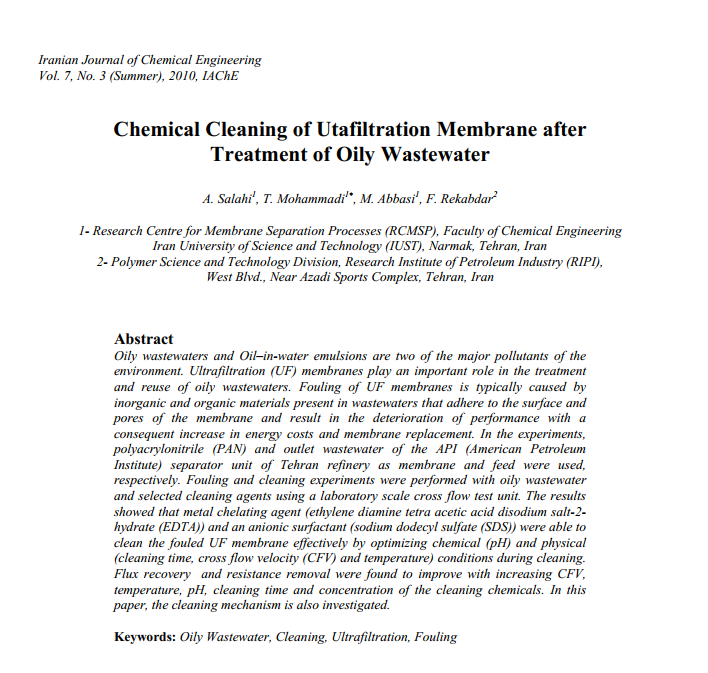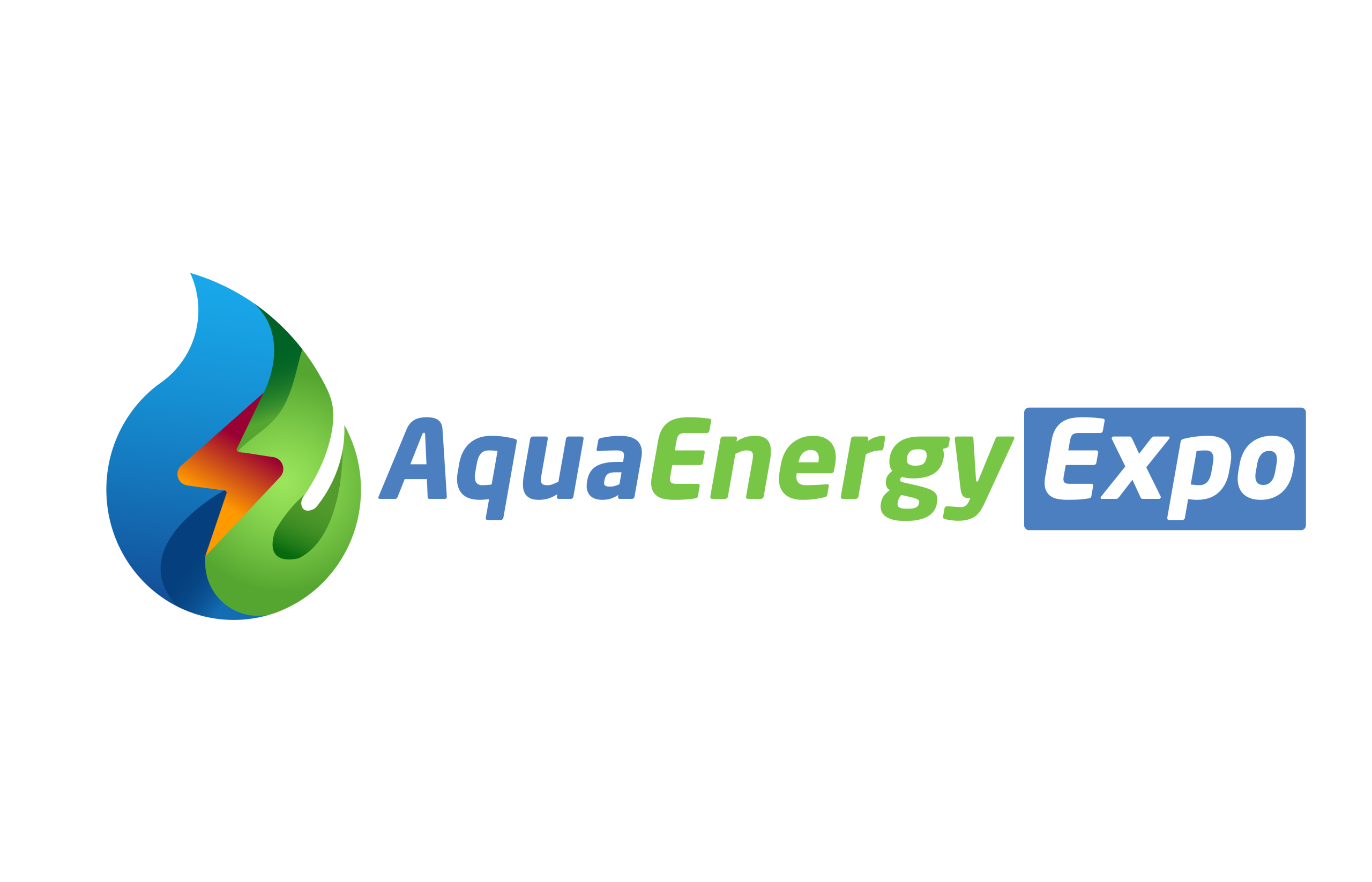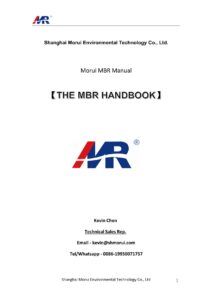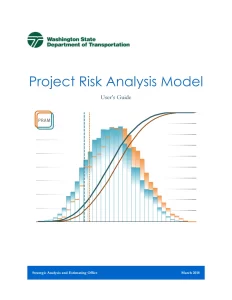Digital Book
Chemical Cleaning Of Ultrafiltration Membrane After Treatment Of Oily Wastewater

About this book
Read the full description and details below.
Chemical Cleaning of Ultrafiltration Membrane
Credit to: http://www.ijche.com/
Iranian Journal of Chemical Engineering
Vol. 7, No. 3 (Summer), 2010, IAChE
Book details
Reader reviews
No reviews yet. Be the first to write one!







